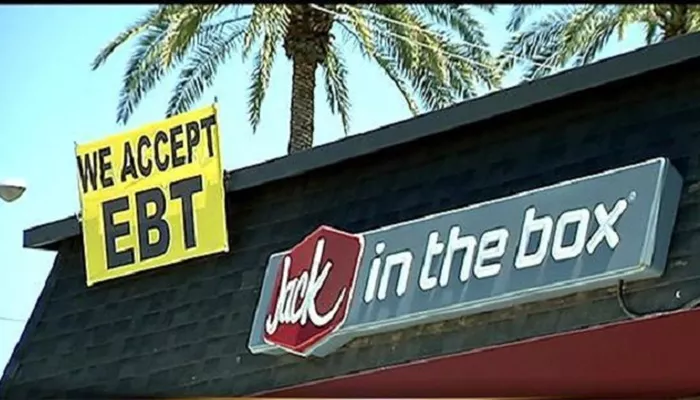Jack in the Box, a fast-food chain founded in 1951, has been a staple in American dining, particularly on the West Coast.
Over the years, it has introduced a variety of menu items, but none have sparked as much affection and controversy as its tacos. Despite their popularity, Jack in the Box made the surprising decision to discontinue these beloved tacos. This article explores the reasons behind this decision, examining the culinary, financial, and strategic aspects that influenced this significant change.
A Brief History of Jack in the Box Tacos
Jack in the Box tacos have been a part of the menu for decades. They are known for their unique combination of seasoned meat, American cheese, lettuce, and taco sauce, all wrapped in a deep-fried shell. The tacos were typically sold in pairs for a low price, making them an attractive option for customers seeking a quick and affordable meal. In fact, Jack in the Box sold over 554 million tacos annually at their peak, highlighting their immense popularity among consumers.
Reasons for Discontinuation
The decision to discontinue Jack in the Box tacos can be attributed to several interrelated factors:
1. Rising Food Costs
One of the primary reasons for discontinuing tacos is the increasing cost of ingredients. While Jack in the Box had managed to keep taco prices low for years—typically around 99 cents for two tacos—the rising costs of meat and other ingredients made it increasingly difficult to maintain profitability on such low-priced items. As food prices continued to rise across the industry, maintaining quality while keeping prices low became a significant challenge.
2. Menu Streamlining
In recent years, many fast-food chains have opted to streamline their menus to improve operational efficiency and reduce labor costs. Jack in the Box was no exception. The company aimed to focus on fewer items that could be produced more efficiently and profitably. This led to a broader strategy of menu simplification that ultimately included phasing out some less profitable items like tacos. By focusing on higher-margin products, Jack in the Box hoped to increase overall profitability.
3. Shift in Consumer Preferences
Consumer tastes have evolved over time, with many customers now favoring healthier options over traditional fast food.
This shift has prompted many chains to rethink their menus and prioritize items that align with current health trends.
Tacos, often perceived as less healthy due to their fried nature and questionable meat quality, may have fallen out of favor with health-conscious consumers. As Jack in the Box sought to modernize its menu and attract a new customer base, discontinuing tacos became part of this broader strategy.
4. Competition from Other Fast-Food Chains
The fast-food industry is highly competitive, with numerous chains vying for customer attention. As competitors introduced innovative menu items and healthier options, Jack in the Box faced pressure to adapt its offerings accordingly.
The decision to discontinue tacos was likely influenced by the need to remain competitive in a rapidly changing market. By reallocating resources toward more popular or profitable menu items, Jack in the Box aimed to stay relevant amidst fierce competition.
5. Brand Image and Positioning
Jack in the Box has worked hard to reshape its brand image over the years. As part of this effort, the company has focused on promoting higher-quality ingredients and innovative menu items. The continued presence of tacos—often viewed as a cheap and less sophisticated option—may not align with this new brand direction. By discontinuing tacos, Jack in the Box could better position itself as a fast-food chain offering diverse and appealing options that cater to modern tastes.
The Impact of Discontinuing Tacos
The decision to discontinue tacos has not been without its consequences. Many loyal customers expressed disappointment at losing this iconic item from the menu. Social media platforms were flooded with reactions from fans mourning the loss of their favorite late-night snack. Additionally, some customers have even initiated petitions demanding their return, illustrating just how much these tacos meant to certain segments of Jack in the Box’s customer base.
However, it’s essential to recognize that discontinuing one item does not necessarily equate to overall decline for a brand.
Jack in the Box continues to innovate with new products and promotional strategies aimed at attracting different demographics and enhancing customer loyalty.
Conclusion
The discontinuation of Jack in the Box tacos marks a significant shift for one of America’s most recognizable fast-food chains. Driven by rising food costs, changing consumer preferences, competitive pressures, and brand positioning strategies, this decision reflects broader trends within the fast-food industry. While many customers may lament the loss of these beloved tacos, it is clear that Jack in the Box is attempting to adapt and thrive within an ever-evolving marketplace.
Related topics:
- Why Are Jack in The Box Tacos so Cheap
- Why Are Mcdonald’s Chicken Nuggets so Good?
- How to Make Burgerville Spread?

